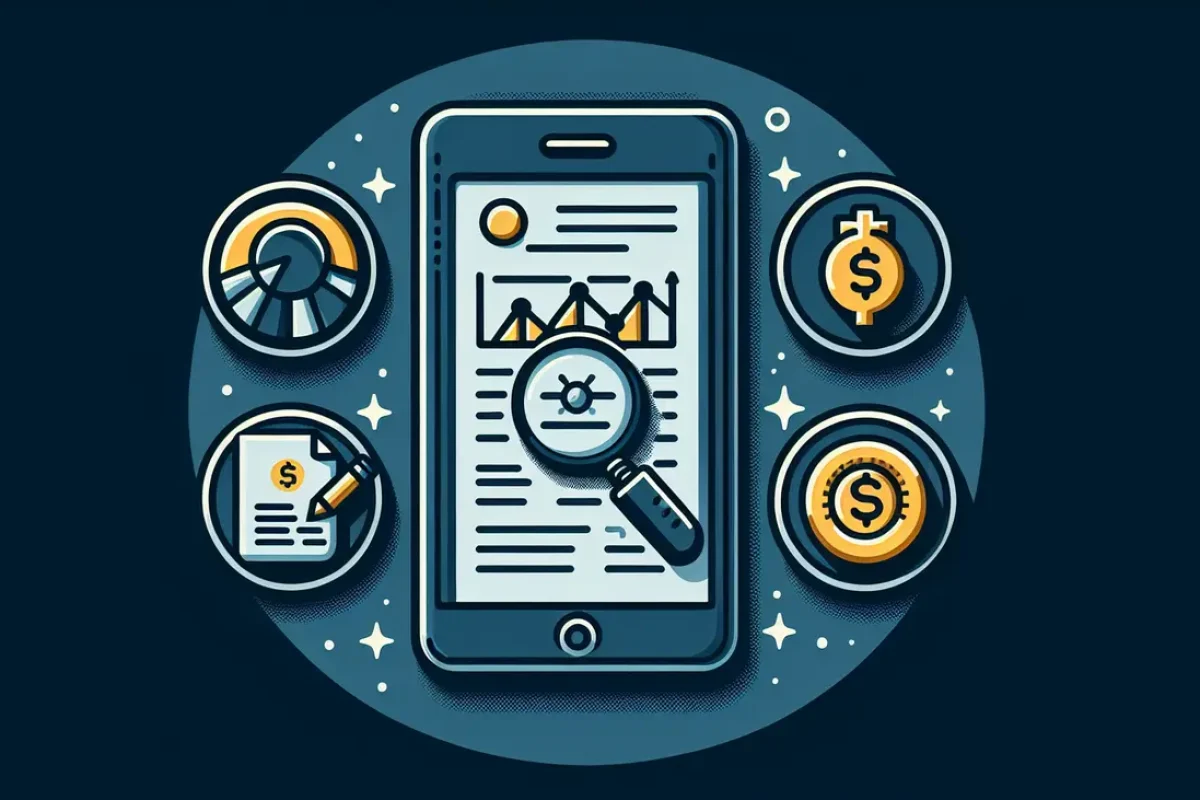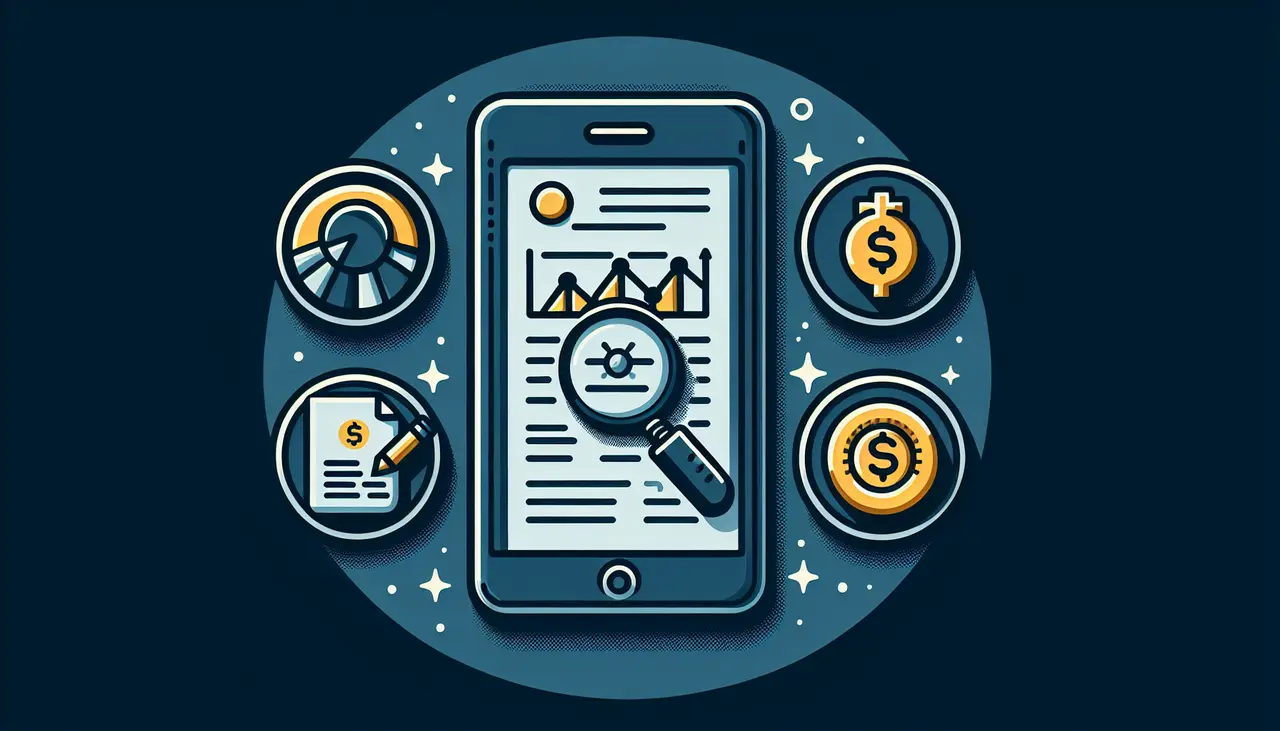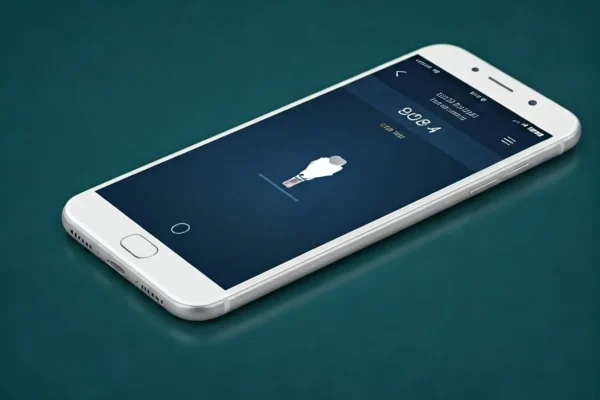In today’s fast-paced financial world, fintech has become a buzzword that’s revolutionizing how we manage money. But with these advancements, there’s a new term that’s emerged alongside: fintech debt recovery. If you’ve ever wondered what fintech debt recovery is and how it works, you’re in the right place. In this FAQ-style guide, we’ll break down the basics, unravel the workings, and provide clear answers to your burning questions on this innovative topic.
What Exactly Is Fintech Debt Recovery?
Fintech debt recovery involves using technology-driven solutions to collect debts. Traditional debt recovery methods often rely on phone calls, letters, and personal contact, while fintech uses digital platforms and software to streamline and automate these processes.
At its core, fintech debt recovery aims to modernize the way collections are managed. By leveraging technological innovations such as machine learning algorithms and digital communication channels, this approach allows for a more sophisticated and nuanced interaction with debtors. No longer is debt recovery seen as a purely transactional process; instead, it transforms into a strategy focused on understanding the debtor’s situation and offering tailored solutions.
The digitization of debt recovery by fintech allows creditors to access real-time insights and data about their accounts. This means faster identification of potential risks and opportunities to engage with debtors before situations escalate. Additionally, these platforms often integrate with existing financial systems, ensuring that all financial information is centralized and more manageable.
How Does Fintech Improve Debt Recovery?
Fintech platforms enhance efficiency by automating tasks such as sending reminders, processing payments, and managing accounts. This reduces human error, speeds up recovery time, and provides a more seamless experience for customers.
Automation is the cornerstone of fintech’s improvement in debt recovery. By reducing the need for manual intervention, fintech solutions minimize delays and ensure that payments are processed quickly and accurately. This not only benefits creditors but also takes the burden off debtors who may have otherwise struggled with cumbersome processes.
Moreover, fintech-driven debt recovery is far more adaptable to individual needs. Personalization features allow creditors to tailor communication and payment plans to the debtor’s situation, enhancing the likelihood of successful recovery.
Transparency is another significant improvement brought by fintech in debt recovery. Through user-friendly apps and platforms, debtors have clear visibility into what they owe, when they owe it, and how to pay it. This clarity reduces confusion, fosters trust, and encourages timely payments.
What Are the Benefits for Debtors?
For debtors, fintech debt recovery can offer greater transparency, easier payment options, and reduced friction in the repayment process. This makes it easier for individuals to engage with collectors and manage their debt more effectively.
One of the primary benefits for debtors is flexibility in repayment options. Fintech platforms can offer customized payment plans that align with the debtor’s financial situation, reducing stress and increasing the probability of repayment success.
Additionally, fintech solutions enable more direct and consistent communication with creditors. Debtors are no longer overwhelmed with constant phone calls or letters; instead, they receive communications in a manner and frequency that suits their preferences, leading to a more pleasant experience.
What Technologies Are Used in Fintech Debt Recovery?
Key technologies include artificial intelligence for predictive analytics, blockchain for secure transactions, and mobile apps providing easy access to accounts. These innovations make the process more efficient and reliable.
Artificial intelligence (AI) plays a crucial role by analyzing patterns and predicting future payment behaviors. This predictive capability allows creditors to identify potential defaults early and strategize accordingly.
Blockchain technology ensures that all transactions are secure and tamper-proof, fostering trust between parties involved. With encrypted ledgers, both debtors and creditors are assured of data integrity and transparency.
Mobile technology has revolutionized how debtors interact with their financial obligations. With just a few taps, they can check account balances, make payments, and even communicate with creditor representatives, all from the convenience of their smartphones.
How Do Companies Implement Fintech Debt Recovery?
Companies typically partner with fintech firms that specialize in debt recovery solutions. These partnerships provide access to powerful platforms and tools that are integrated into the company’s existing systems, facilitating seamless operations.
The implementation generally begins with a thorough assessment of a company’s current debt recovery processes. This step is crucial to identify gaps and potential inefficiencies that fintech solutions can address. By mapping these needs, companies can select the right fintech partners and platforms that align with their strategic goals.
Once a partner is chosen, the integration phase begins. It involves incorporating the fintech platform into the company’s existing systems, ensuring data consistency and process alignment. Training sessions often follow, helping staff adapt to new tools and methods swiftly.
Wrapping It Up: Navigating Fintech Debt Recovery
Fintech debt recovery is reshaping the landscape of how debts are collected, offering a more efficient, tech-driven, and consumer-friendly approach. By understanding the platforms, technologies, and processes involved, individuals and businesses alike can navigate this modern-day solution with ease and confidence. As the fintech sector continues to grow, keeping informed about its nuances will serve you well in managing and recovering debts in the digital era.







